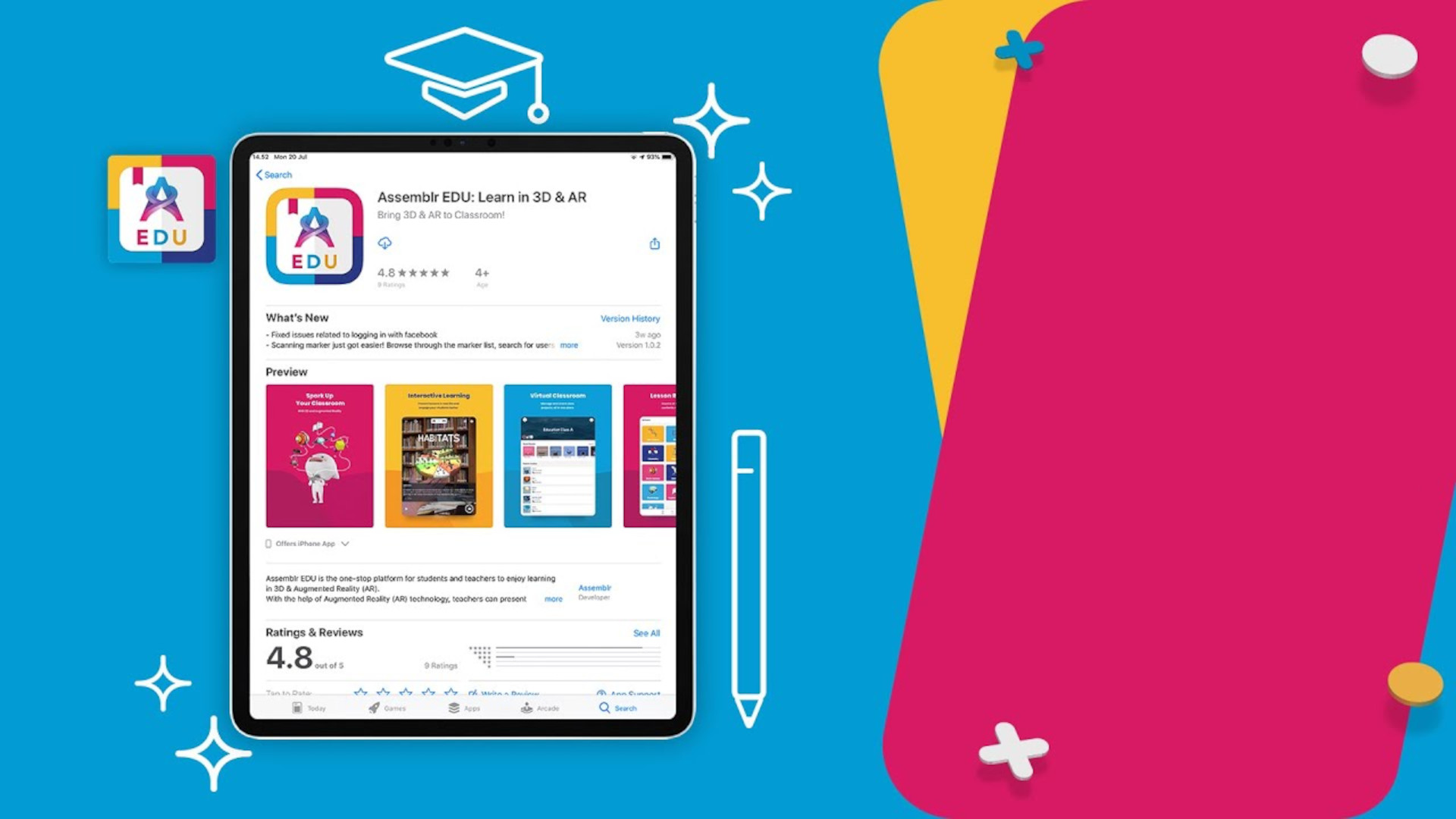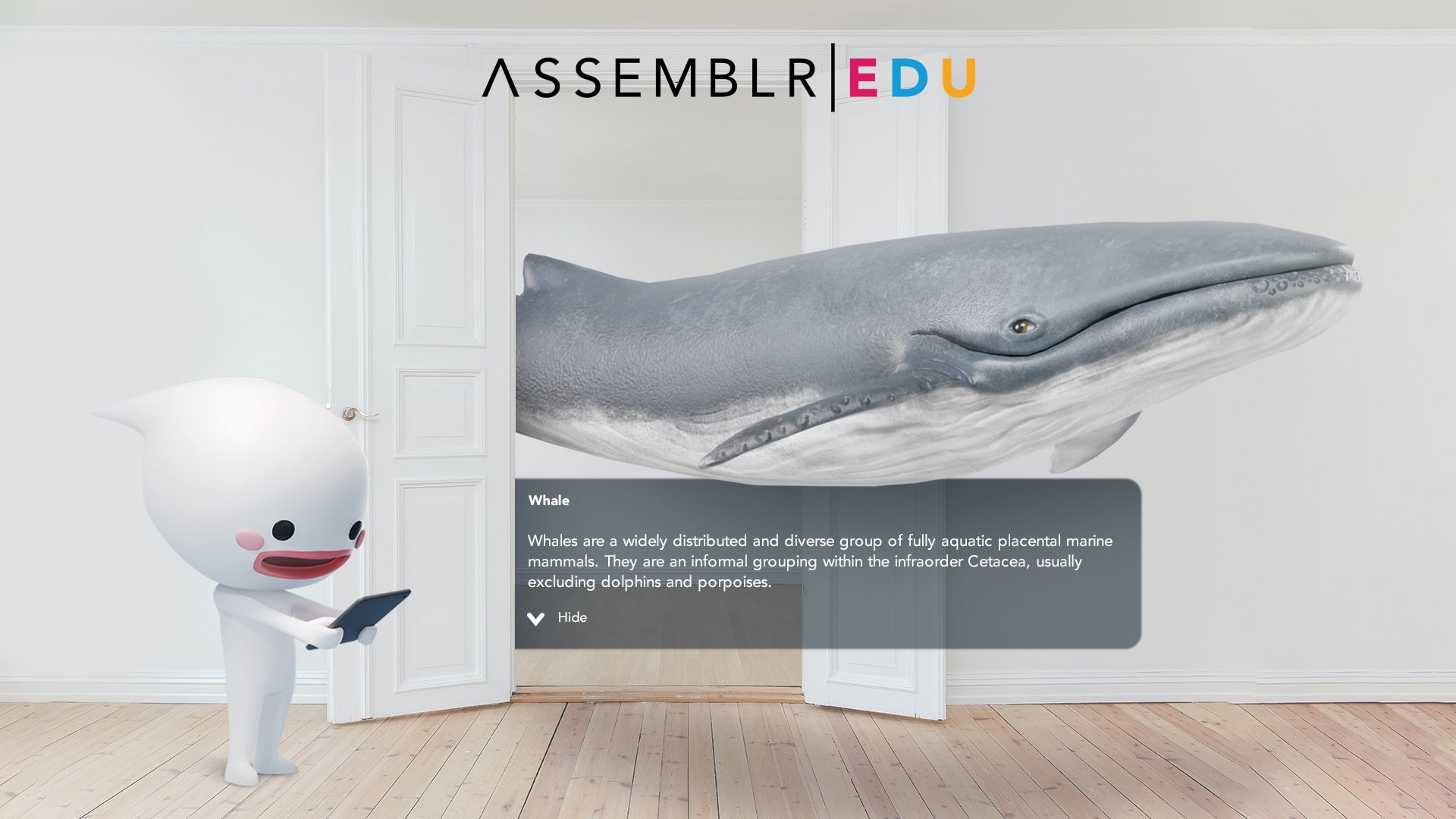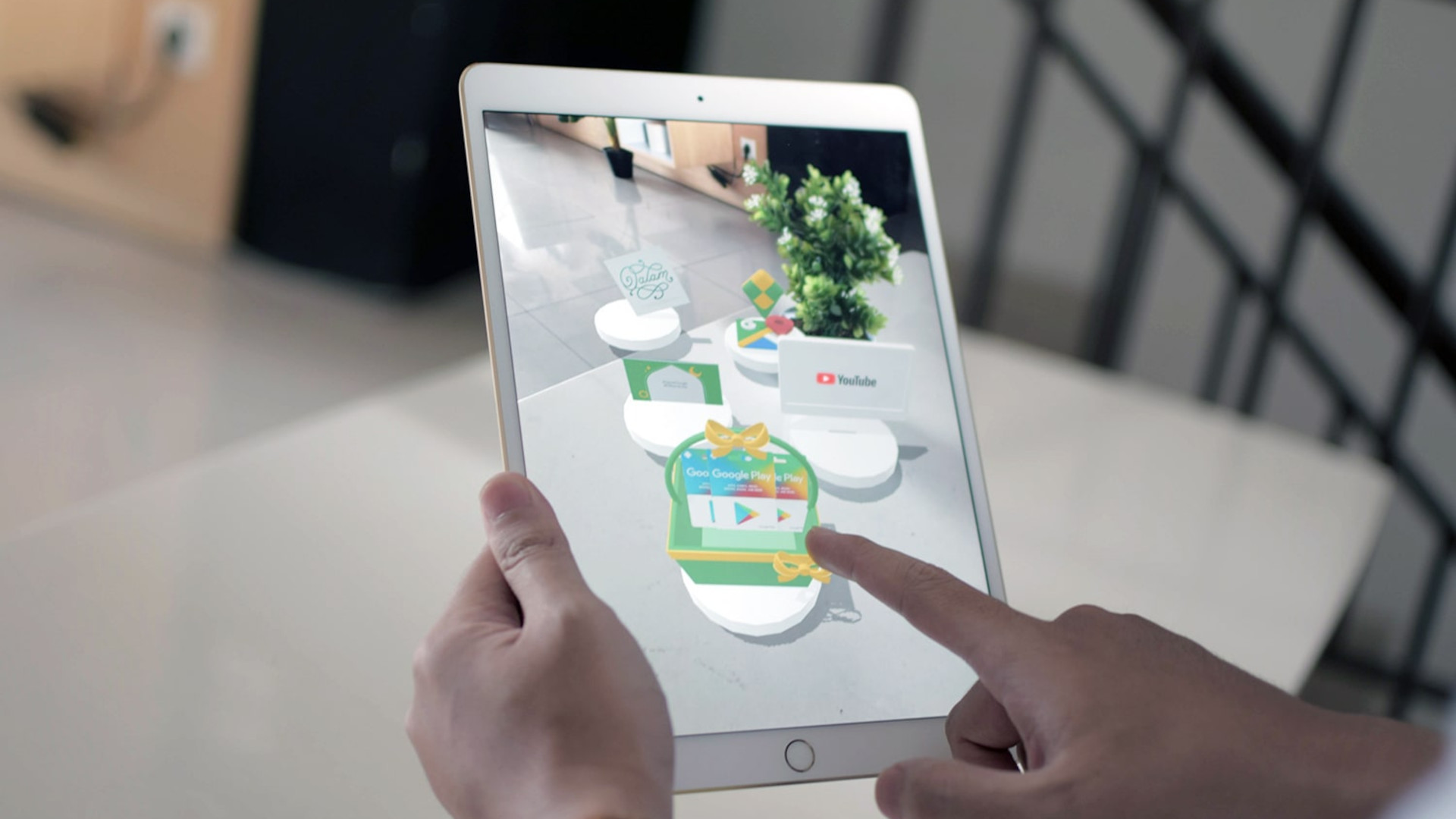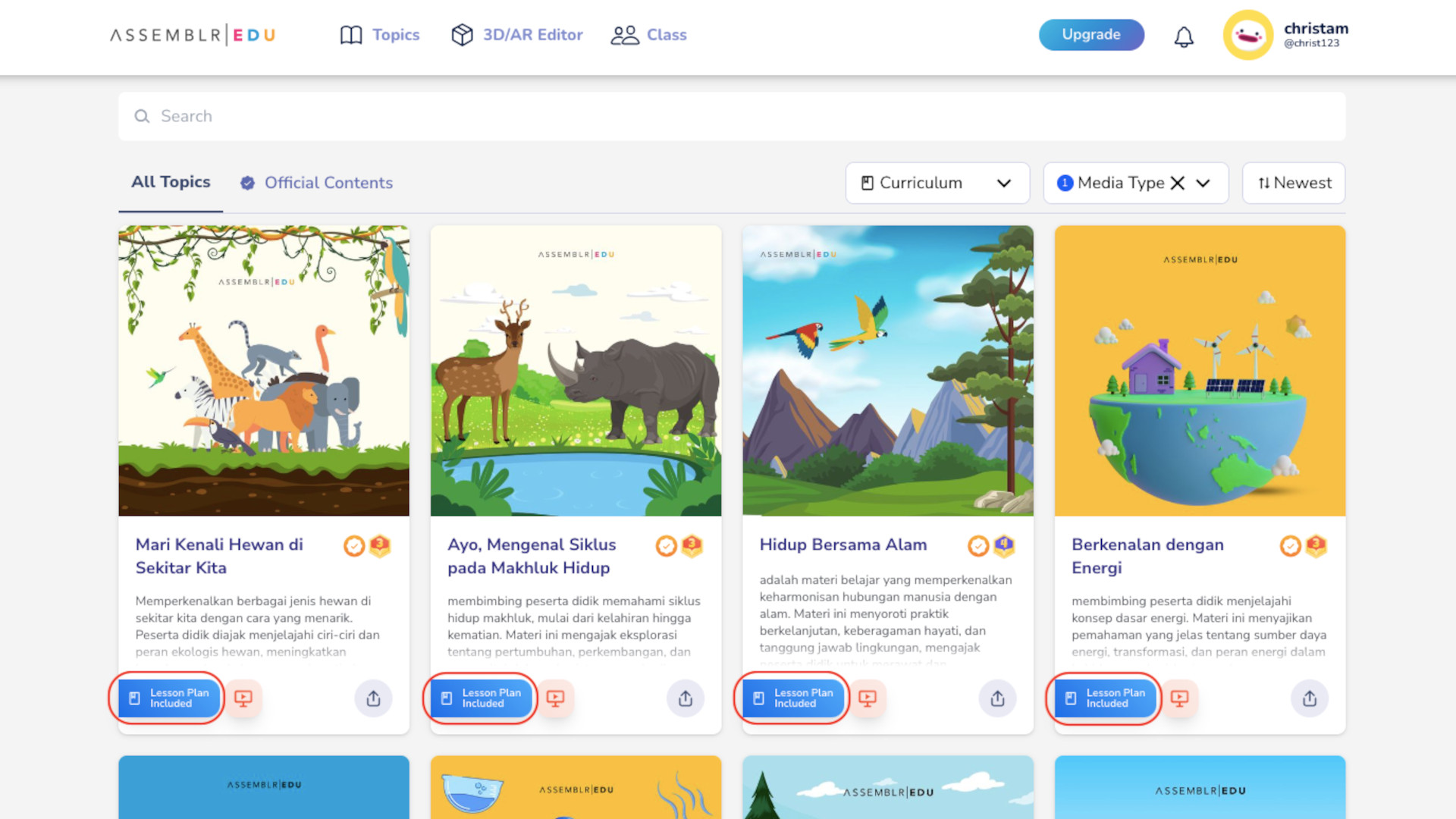
Assemblr EDU is a tool that's designed to help make education more engaging for students while taking up less preparation time for educators.
While that might sound like two things that oppose one another, the way this tool has been designed allows it to be super simple to use. Yet it can offer complex and immersive 3D and AR designs to aid in teaching.
Assemblr EDU offers 3D models on a screen that you can manipulate using your mouse or touch controls. So from looking at the inside of a human body to exploring the edge of a volcano, there are lots of ways to use this imaging tool.
Read on to find out if and how this can serve you well in your class.
What is Assemblr EDU?
Assemblr EDU is a 3D and AR imaging tool that not only allows educators and students to create and edit graphics but also to use pre-made content with ease.
This is full of pre-made lesson-friendly content for teachers, allowing for the sharing of 3D images in class. Or to overlay digital images, while using a camera device, onto the real world. So a class could see and manipulate a virtual human heart, as if it were on the table, only with far less mess and cost.
This tool also allows for students to create and edit images. For example, building a 3D scene that can then be overlaid on the real-world using a camera. This not only allows for great creativity but also the chance to play with and learn from whatever they're creating, be it animals, plants, words, or more.

How does Assemblr EDU work?
Assemblr EDU can be used by teachers as a way to create lesson resources that students can interact with in 3D or AR. Or teachers can do this on a big screen, as a way to lead the class as a group.
This works as an app, so it can be used across smartphones and tablets as a 3D and augmented reality interactive experience. So students can use a shared class device, or their own smartphones, as a way to create and manipulate an object as if it was physically there.
The editor works for students to create images. So rather than moving and reading about a creation shared by the teachers -- perhaps of an animal -- they can instead create their own scene. This works using drag-and-drop controls with a selection of pre-populated materials, making it very straightforward and fun to use.
Creation can be shared publicly, for everyone to access, or shared privately to use in the class, or as a way to submit work directly to a teacher.

What are the best Assemblr EDU features?
Assemblr EDU has lots and lots of pre-made content, which makes it super simple to use and fast to go from nothing to sharing with the class. For example, you can select the Bone Structures option and have students choose from various types of bone that can be zoomed into, moved, and annotated to explore on many levels.
This makes for a really helpful way to visually teach, which is ideal for more abstract ideas or anything totally new to the class. Since visual processing is 60,000 times faster than text, according to the company, it should mean easier uptake for the class. This can also be a helpful way to reach students who might otherwise struggle with traditional text-based teaching techniques.
The app is very intuitive so most teachers and even younger students can use it right away without training. No coding knowledge is needed, or even image manipulation training, as this platform makes it all super straightforward with drag-and-drop controls.
Thanks to public sharing of creations, there is a huge wealth or pre-made constructs to work with available right away. Students can also create and have their work shared in a wider sphere than the class or school alone.

How much does Assemblr EDU cost?
Assemblr EDU offers four pricing options, including a free tier.
The Free options gets you 400 free 3D objects, limited access to Topics, limited access to Edu Kits, 30MB of storage, and unlimited QR Maker.
Go for the Single tier, at $2.99/month, and you get 6,000 Free and Pro 3D objects, unlimited Topics, unlimited Edu Kits, 300MB storage, 5 custom AR Marker, and unlimited QR Marker.
The Group option, at $4.99/month, gets you the above but across three accounts.
The School tier, at $1/month/user, gets you the above for 60 users plus 60 Custom AR Marker.
Assemblr EDU best tips and tricks
Introduce
Start a new topic with a visual introduction that allows students to grasp the idea before diving into more complexity during the lesson and beyond.
Create
Set a task for students to create an AR model of an object you're learning about and then have them play with one another's creations in class.
Teach
Have students present a topic or model they have found or created, explaining it to the class while modelling it in 3D or AR.







